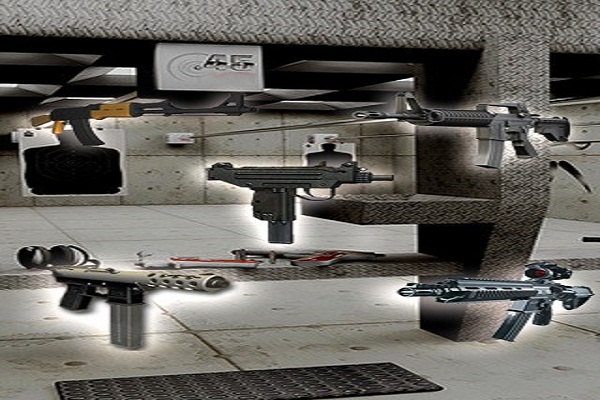The eyes of the world are on the innovation of 3D printing. Naturally, whenever a new technology is created that offers open source DIY opportunities to the average individual, it is going to make governments and their protected corporate interests very nervous.
Such is the case with 3D weapons manufacturing. Defense Distributed has been offering sets of computer files for free through their DEFCAD online library.

New York Congressman, Steve Israel, has sought to criminalize 3D weapons, and the media attention resulted in Wikiweapon company Stratasys, Inc. seizing Defense Distributed’s equipment and taking issue with their decentralized methods. But the genie is already out of the bottle. After some initial stutter-stepping with structural failures, the latest incarnation heralds the arrival of 3D printed semi-automatic and automatic weapons.
Ars Technica explains the short history of Cody Wilson’s non-profit gun manufacturing program:
Last year, his group famously demonstrated that it could use a 3D-printed “lower” for an AR-15 semi-automatic rifle—but the gun failed after six rounds. Now, after some re-tooling, Defense Distributed has shown that it has fixed the design flaws and a gun using its lower can seemingly fire for quite a while. (The AR-15 is the civilian version of the military M16 rifle.) [Source]
The results can be seen in part 3 of their ongoing video series chronicling their development and improvement. Over 600 rounds of .223 ammunition are fired without fail using a 3D-printed “lower” for an AR-15, with Wilson stating that it likely could have gone to 1,000.
The ability for anyone to print a weapon could be one of the cornerstones for widespread freedom and resistance to top-down tyranny. Lawmakers such as Steve Israel have stated that any restrictions on 3D printing of weapons will be very difficult if not impossible to enforce, and the Justice Department has so far backed up their legality. As Tony Cartalucci has stated, it renders gun control moot; one would have to basically ban any personal use of 3D printers.
Preventing people from manufacturing guns, or worse yet, from possessing or using tools that can be used to create guns, is both ludicrous and impossible. Like with cars or anything else, laws are there to ensure we don’t harm others by abusing any given right or implement – not preventing us from having those rights or implements responsibly in the first place.
 As the cost of production goes down, and states continue to assert their inherent rights to govern without federal interference, there will likely be a wave of non-profit and for-profit manufacturers alike, as Wilson states:
As the cost of production goes down, and states continue to assert their inherent rights to govern without federal interference, there will likely be a wave of non-profit and for-profit manufacturers alike, as Wilson states:
The law student said that anyone with the same type of 3D printer (“SLA resin and P400 ABS on a used Dimension”) could replicate his efforts with “9 to 12 hours” of print time and “$150 to $200” in parts. “We’ve proven that you can build one for $50,” he said, presuming the builder is using lower quality materials. (Dimensions typically sell in the $30,000 range—but Wilson says his results could be duplicated using the less-expensive Ultimaker ($1,500) or Reprap.”
With the ability for anyone, anywhere to be able to defend oneself and mobilize quickly against a growing threat, governments would have to think twice before heading down the road to tyranny. Certainly the government itself has signed on to 3D manufacturing. As reported by The Singularity Hub, the Army is deploying $2.8 million fabrication labs to the frontlines as part of an overall 3-year contract with Exponent, Inc. worth $9.7 million. The intention is to make this global.
While this video focuses on other aspects of 3D printing, and injects the well-worn marketing line that all of this will save lives in humanitarian efforts, to think this will not be used to produce guns and even drones would be naive, since Stratasys — the manufacturer that gave Defense Distributed such a hard time — is fully signed on to assist the military-industrial complex.
However, it appears that the everyday consumer (taxpayer) will not have to wait for military tech to trickle down to offer its scraps; the benefits of 3D printing are taking on a life of their own with or without government approval.
For more information about HackerSpaces, OpenCourseWare and 3D printing solutions to our political problems, visit LocalOrg.

